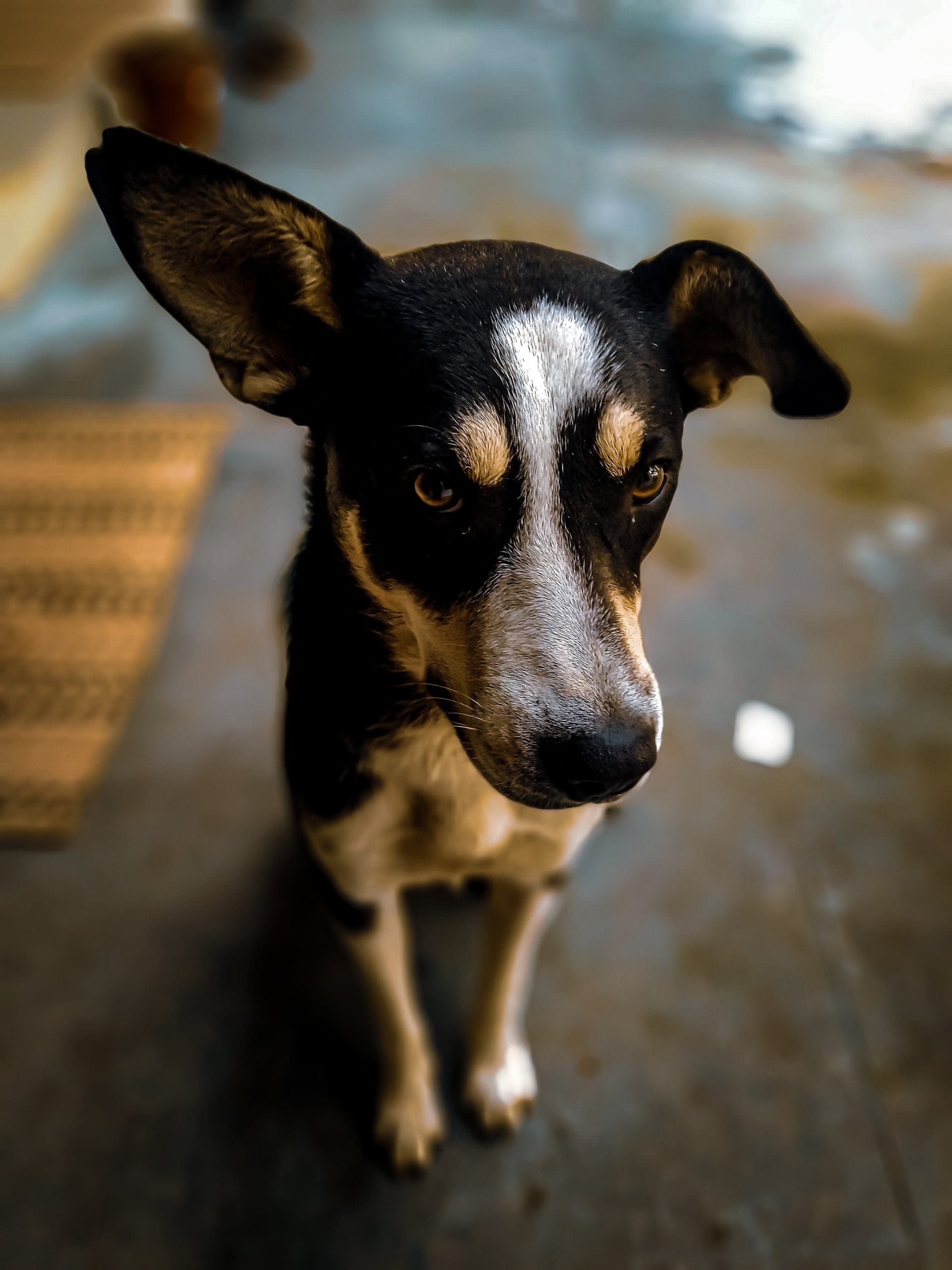As a dog owner, ensuring your furry friend has a balanced diet is paramount for their health and happiness. The question of how much dog food costs can be complex, as prices vary based on several factors, including food type, brand, and your dog’s specific needs.
Types of Dog Food
Dog food comes in various forms, each with its own price range. – **Dry Kibble:** This is often the most cost-effective option, typically ranging from $15 to over $100 for premium brands. Dry kibble offers convenience and a long shelf life, making it a popular choice for busy pet owners.
– **Wet Food:** Canned dog food can be more expensive per serving, with prices ranging from $1 to $4 per can. Depending on your dog’s size and appetite, this can add up quickly.
– **Raw Diets:** Gaining popularity, raw diets involve sourcing specific meats and vegetables, which can lead to weekly costs of $30 to $50, depending on your dog’s size.
– **Homemade Options:** While possibly more economical if buying ingredients in bulk, homemade dog food requires careful planning to ensure nutritional balance.
Brand Influence on Pricing
The brand you choose significantly affects the cost of dog food. Premium brands often emphasize high-quality ingredients, which can lead to prices ranging from $40 to $100 for a bag. In contrast, budget-friendly options may start as low as $10 to $25, but it’s vital to ensure these options meet your dog’s nutritional needs.
Size and Dietary Requirements
Your dog’s size directly influences food consumption. Larger breeds like Great Danes may require up to 8 cups of food daily, whereas smaller breeds like Chihuahuas may need just 1 cup. This variation can greatly affect your monthly expenses. Additionally, dogs with allergies or specific dietary requirements may necessitate more expensive specialty foods, which can range from $50 to $100.
Buying in Bulk
Purchasing larger bags of dog food can provide better value per pound, but it requires an upfront investment and adequate storage space. Smaller bags, while easier to handle, can lead to higher costs over time.
Budgeting for Dog Food
Setting aside a specific amount each month for dog food can help you manage expenses and ensure your dog’s nutritional needs are met without surprises. Don’t forget to account for additional costs such as treats and supplements, which can range from $5 to $30, adding to your overall budget.
Regional Price Variations
Prices for dog food can vary based on location. Urban areas often have higher prices compared to rural settings, and local pet stores may charge more than larger retailers or online shops. Shopping around and comparing prices can uncover better deals.
Discounts and Promotions
Many brands offer discounts, loyalty programs, or bulk-buy promotions. Keeping an eye out for sales or subscription services can help reduce costs while ensuring your dog receives quality food regularly.
Prioritizing Your Dog’s Well-Being
Ultimately, spending on dog food should reflect your dog’s specific needs and your financial situation. Providing quality nutrition contributes to a happier, healthier pet, making it a valuable investment. Resources such as veterinarians, knowledgeable pet store staff, and online communities can help you make informed decisions about your dog’s diet.
Ensuring your dog receives proper nutrition is one of the best gifts you can give. Taking the time to research options leads to better choices for your furry friend, reinforcing the bond you share. A happy and healthy dog is undoubtedly worth every penny spent on their food.

